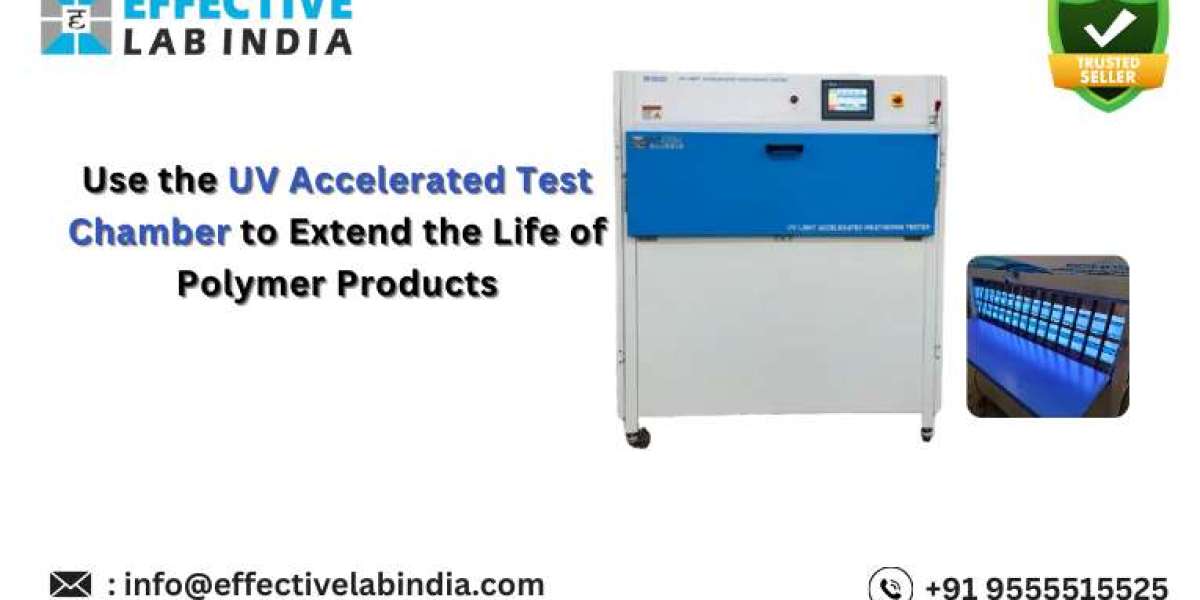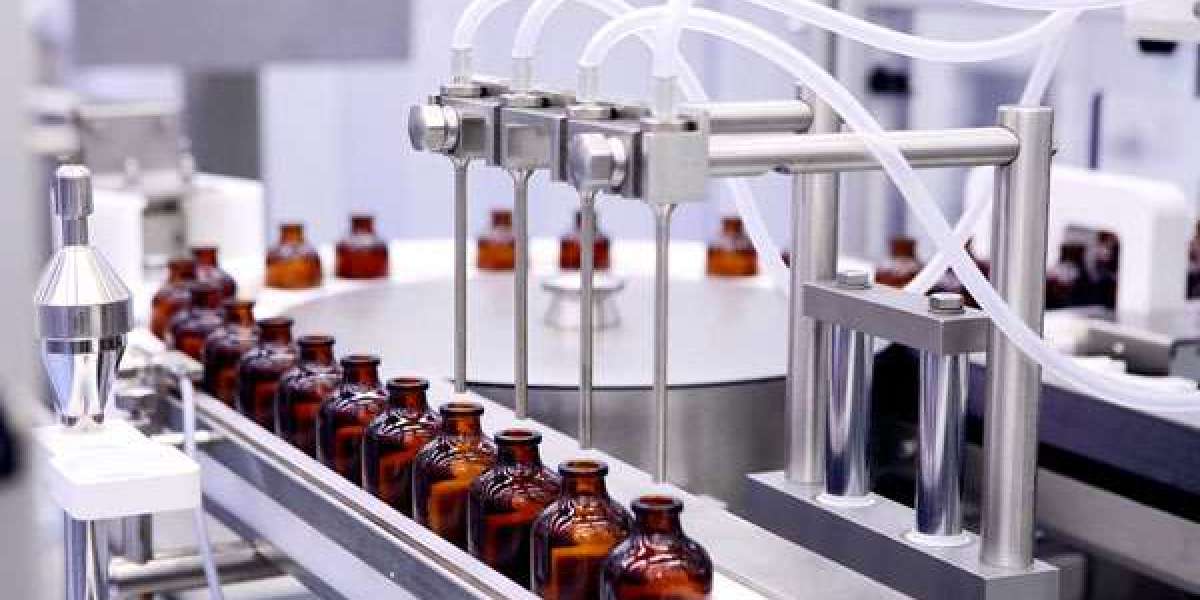Polymer products are essential to various industries because of their affordability, resilience, and adaptability. But with time, especially when exposed to UV light, these materials are at risk for damage. Understanding and preventing UV exposure's impact is crucial to guarantee their longevity and effectiveness. In this sense, the UV accelerated test chamber is a very useful instrument since it offers a controlled environment that may mimic and accelerate the aging process. The mechanisms of polymer degradation, the operation of UV-accelerated test chambers, and how they may extremely extend the life of polymer materials are all covered in detail in this article.
Understanding Polymer Degradation
The Impact of UV Radiation on Polymers
Polymers go through a process called photodegradation when they are exposed to UV light. UV radiation has sufficient energy to disrupt the chemical bonds inside polymer chains, particularly in the 280–400 nm region. This triggers a chain of chemical reactions that may result in:
Discolouration: Polymers exposed to UV light may get yellowed or lose their colour.
Brittleness: The polymer structure is susceptible to breaking and becoming brittle.
Loss of Mechanical Properties: Polymers' impact resistance, tensile strength, and flexibility can all be greatly diminished.
Types of Polymers Affected
The way that various polymers respond to UV light varies. For example:
Polyethylene (PE) and Polypropylene (PP): Because of their comparatively simple molecular structure, these materials are especially vulnerable to ultraviolet.
Polyvinyl Chloride (PVC): Under continuous UV exposure, PVC can deteriorate even though it is more resistant than PE and PP.
Polystyrene (PS): When exposed to UV radiation, this polymer can become brittle and discolored.
Polyamides (PA): Often referred to as nylons, these polymers are susceptible to mechanical strength loss due to UV degradation.
Working Mechanism of the UV Test Chamber
The UV weathering test chamber replicates how temperature, humidity, and UV radiation affect materials. It allows polymer samples to age more quickly by emitting light similar to that of sunshine through the use of UV lamps. The chamber is set up according to normal testing procedures, with temperature and humidity controlled to simulate different environmental conditions. This configuration helps in assessing the robustness of materials, pinpointing areas of weakness, and enhancing their capacity to withstand UV deterioration.
The Use of UV Accelerated Test Chambers
UV accelerated test chambers are made to simulate how UV light, humidity, and temperature affect different kinds of materials. In a few weeks or months, these chambers may replicate exposure for years on end. These chambers' salient characteristics include:
Controlled UV Light Exposure: The UV radiation produced by the chamber's UV lamps can be compared to that of sunshine.
Temperature Control: To replicate various climatic conditions, the chambers can simulate a range of temperatures.
Humidity Control: Modulating humidity levels helps in determining the combined impact of moisture and UV radiation.
Protocols for Testing
Effective Lab India UV accelerated test chamber usage is governed by standardized testing methods such as ASTM G154 and ISO 4892.These guidelines state:
Exposure cycles: To mimic the natural day-night cycles, there are intervals of UV radiation exposure interspersed with periods of darkness.
Levels of Irradiance: The UV radiation intensity to which the sample is exposed.
Duration: Total exposure period, which frequently varies based on the particular needs of the item being examined.
UV Accelerated Test Chamber Benefits
Improved Product Development Test chambers with UV acceleration enable manufacturers to:
Find Weak Points: Locate the polymer product's regions that are most vulnerable to UV deterioration.
Optimize Formulations: To improve UV resistance, change the polymers' chemical makeup.
Enhance Additives: Assess UV stabilizers' and other polymer-protecting additives' efficacy.
Extending the Life of Polymer Products
There are several methods involved in extending the life of polymer products. UV stabilizers are included in polymers to help absorb UV light and neutralize free radicals, thus halting deterioration. UV light-absorbing or UV-reflecting barriers are produced by applying protective surface treatments and coatings like polyurethane or acrylic. UV-induced degradation must be prevented and repaired with routine care, which includes cleaning, reapplying coatings, and looking for damage. Together, these actions improve polymer products' resilience and lifetime, guaranteeing their continued usability and dependability.
Conclusion
Incorporating UV accelerated test chambers into the testing and development process of polymer products is essential for enhancing their durability and performance. By understanding the effects of UV radiation and utilizing advanced testing protocols, manufacturers can create products that stand the test of time. This not only benefits consumers but also contributes to a more sustainable and competitive market.
Purchase right now by giving us a call at +91 9555515525. Please contact [email protected] with any comments or recommendations you may have regarding the UV test chamber and its setup.







